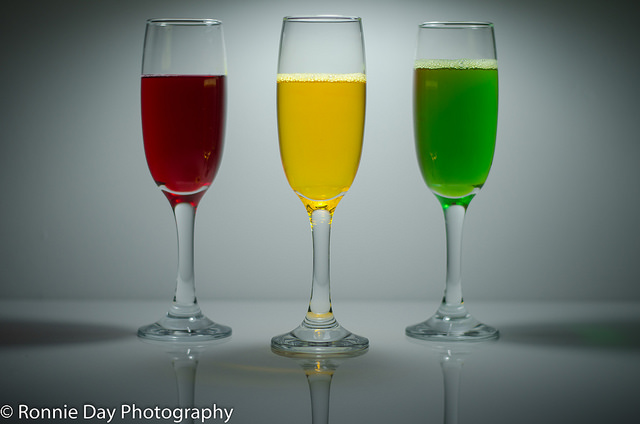
Empathy is an ability to be in someone else’s shoes and feel their situation as accurately as humanly possible.
I have peacefully accepted that sometimes my lack of empathy for my beloved is okay.
I have stopped being too hard on myself for this occasional inability to empathise.
I have accepted my self as a human who can fail to empathise occasionally and this acceptance is better than faking empathy.
These are the lessons that I have learned the hard way. At first, they may seem so simple to learn and often times people just learn these lessons by mere observation. But sometimes when we care too much and we are so overwhelmed with this thing called love, we want to take a long ride, a good look at our problem and go all the way to make sure it never makes us insecure about the love that we hold for our beloved.
Long story short, I realised that empathy is important. It is the essence of a healthy and balanced relationship—but when empathy is out of proportion or unnatural, it can mess with that innocent genuineness of love.
But how can we realise this?
How can we identify the ’empathy problem’ as a couple? How can we convince ourselves that living with a person for whom we feel zero empathy, is not the best thing to do?
Long ago when I was graduating in psychology, there was this theory of achieving perfect balance as a couple. A way of testing one’s balance was placing one’s relationship on one of the four continuum of a balance chart. The balance chart helps us identify our standing as a couple—it helps in identification of the ’empathy problem’ in our relationships.
I had associated the red, green and yellow colours of traffic signals to these levels because I felt they really indicated the same thing.
1) Detached Yellow
A detached relationship indicates unhealthy balance for obvious reasons; it involves a relationship where couples lack self disclosure and shared activities, take decisions independently and not as a team, and their major life goals do not involve each other.
Most importantly, a detached relationship lacks expression of empathy for our partner, or a complete inability to feel empathy for almost all situations involving our partner. It may also include faking the expression of empathy for our partner most of the time.
The best action for the couple is to reconsider other options, or to simply come out and solve the issue.
Be prepared to leave or revitalise the relationship.
2) Connected Green and 3) Cohesive Green (balanced)
Connected-ness in the chart is a balanced situation; cohesiveness, too is considered a balanced situation as a couple. Both connected-ness and cohesiveness involve ample amounts of self disclosure, atmosphere of emotional openness, mutual decision making, shared activities, and most importantly some kind of mutual goal as a couple.
The only difference between connected-ness and cohesiveness is that the former involves independent goals with mutual decisions—whereas, cohesiveness includes the notion of sacrificing or delaying one’s individual goals for the sake of a partner.
From the point of view of empathy, balanced couples sometimes may fake it, and sometimes they do feel it at a very deep level. Sometimes they are just too busy or overworked and they simply choose to ignore the empathy, and sometimes they may not be fully able to identify with each others’ situation despite trying to do so. This mixture is good news, but for a long time I considered my variable empathy reactions as a bad.
Keep going strong.
4) Enmeshed Red
As much as detachment as a couple is an unhealthy extreme in the chart, it is just as unhealthy to be so enmeshed in each other that we see our partners as our representations and not individuals. This promotes a desire to control the life, actions and choices of our partner because we see them as extensions of our own ego. It also promotes irrational jealousy and unhealthy possessiveness.
A couple or a partner can recognise being within this extreme when there is no personal space and individuality neglected or prohibited in an individual.
Here, empathy is so extreme that we treat our partner or relationship as a fragile object, and fragile objects are rigid, inflexible and irreparable—whereas humans and relationships are flexible and capable of being healed.
The kind of empathy that a caretaker has for a baby can not be applicable to the adults and individuals, but unfortunately, that is what happens at this level. Bad news!
STOP to reconsider. Think again. Analyse. Discover. Soul search.
We can learn a lot from our yellows and reds, and we are equally valuable to them from that point of view. But, only if we are able to identify the balancing green, can we navigate our way towards seeking and creating a healthy relationship which we truly deserve.
–
Relephant:
The Addiction of Karmic Relationships.
Author: ZauFishan Qureshi
Editor: Erin Lawson
Images: Flickr/Ronnie Day // Flickr/Hartwig HKD






Read 1 comment and reply